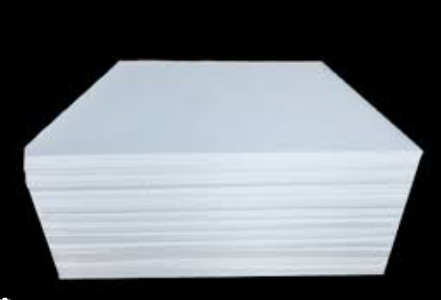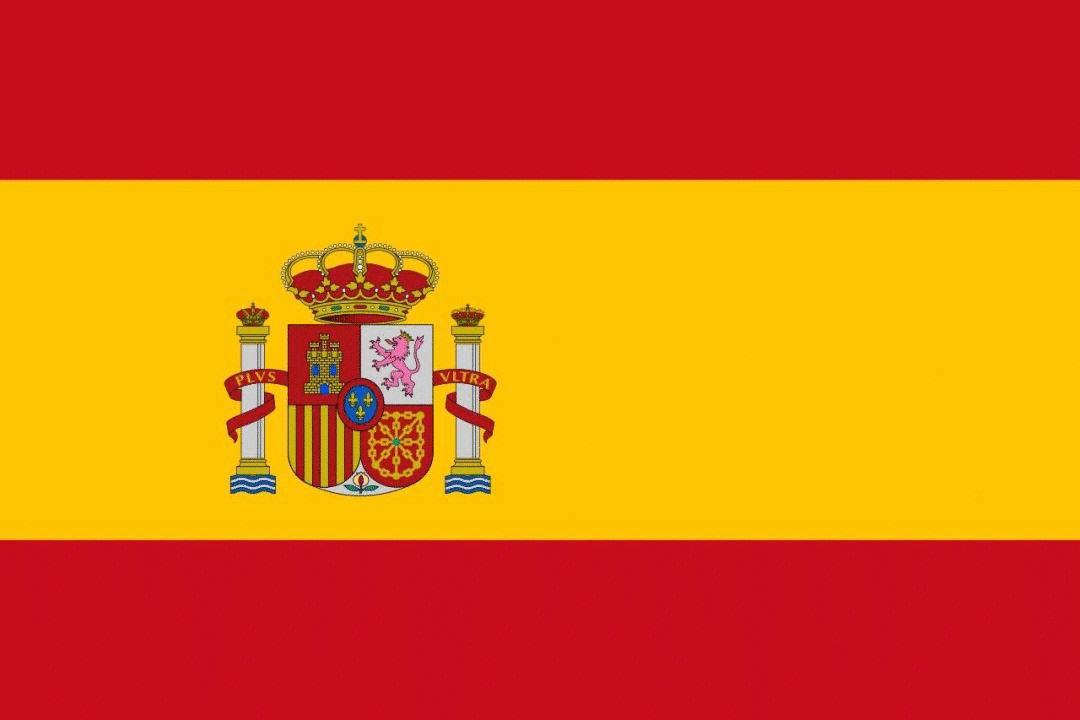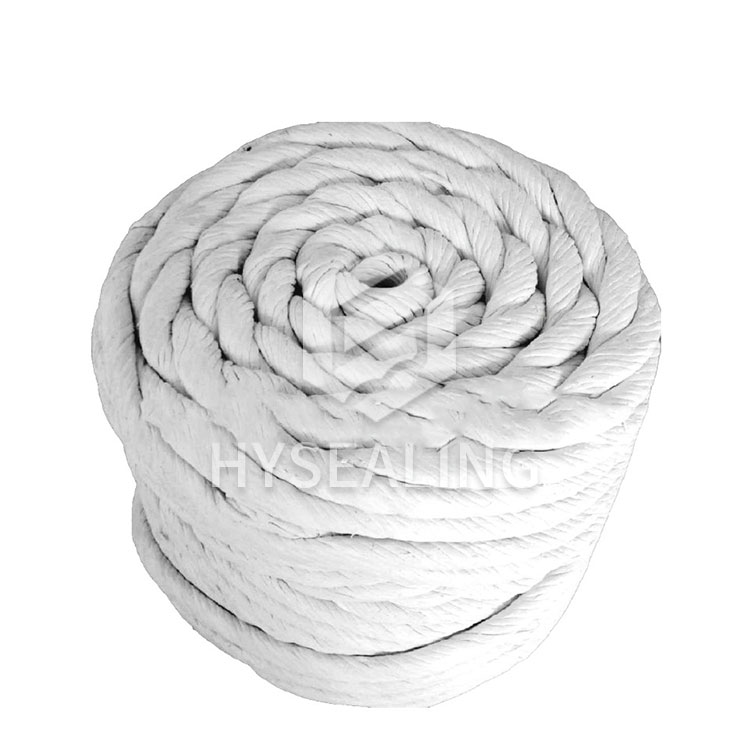PTFE sheet (also called Teflon sheet) is divided into two types: molded and turned. Its products are widely used and have extremely superior comprehensive properties: high and low temperature resistance (-80℃- + 260℃), corrosion resistance (strong acid, strong alkali, aqua regia, etc.), weather resistance, high insulation, high lubrication, non-adhesion, non-toxic and other excellent characteristics.

·PTFE sheet classification
The molded plate is made of PTFE resin by molding at room temperature, then sintering and cooling.
The turned plate is made of PTFE resin by the mold lining method, sintered, and then turned into a product. Hysealing can provide customized services for various specifications of PTFE sheets.
·Advantages of PTFE sheet
1. High temperature resistance - the working temperature is up to 260℃.
2. Low temperature resistance - good mechanical toughness; even if the temperature drops to -80℃, it can maintain an elongation of 5%.
3.Corrosion resistance - inert to most chemicals and solvents, resistant to strong acids and alkalis, water and various organic solvents.
4.Weather resistance - has the best aging life among plastics.
5.High lubricity - has the lowest friction coefficient among solid materials.
6.Non-toxicity - has physiological inertness, and has no adverse reactions when implanted in the body as artificial blood vessels and organs for a long time.
·PTFE sheet application scenarios
PTFE sheets are used for gaskets, seals and lubricating materials working in various corrosive media at temperatures of -80℃ to +260℃. They can also be made into electrical insulation parts used at various frequencies.
1. Chemical containers and water tanks made by welding;
2. Anti-sticking materials for machinery, construction, and bridge sliders and guide rails;
3. Making various sealing materials;
4. Add different filling materials to enhance the required performance according to customer requirements.






